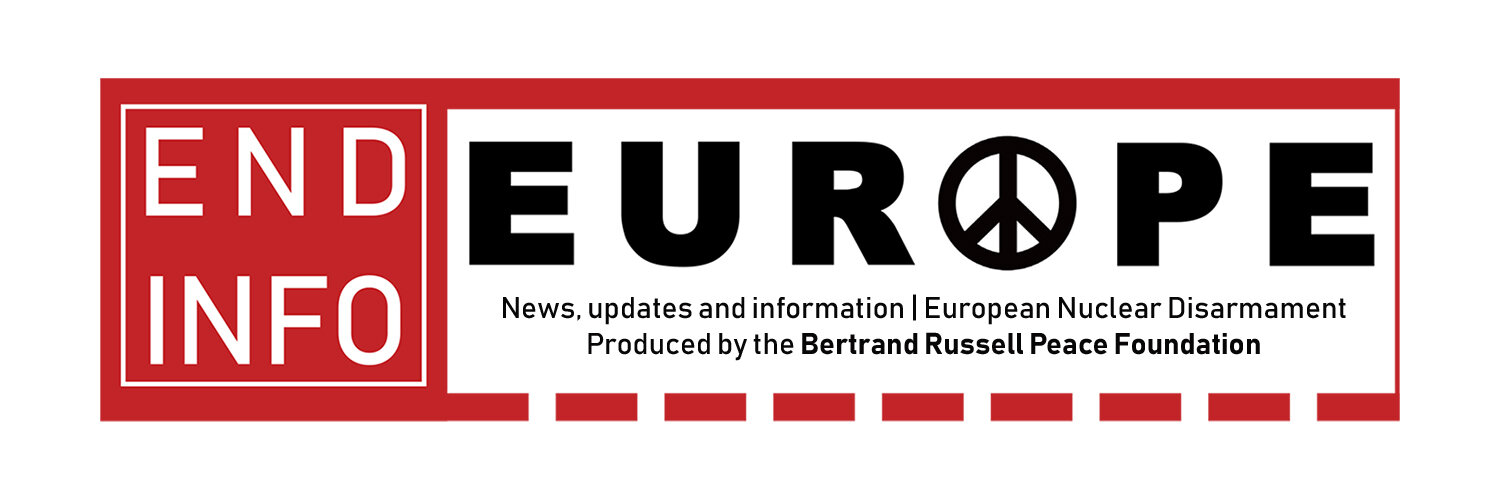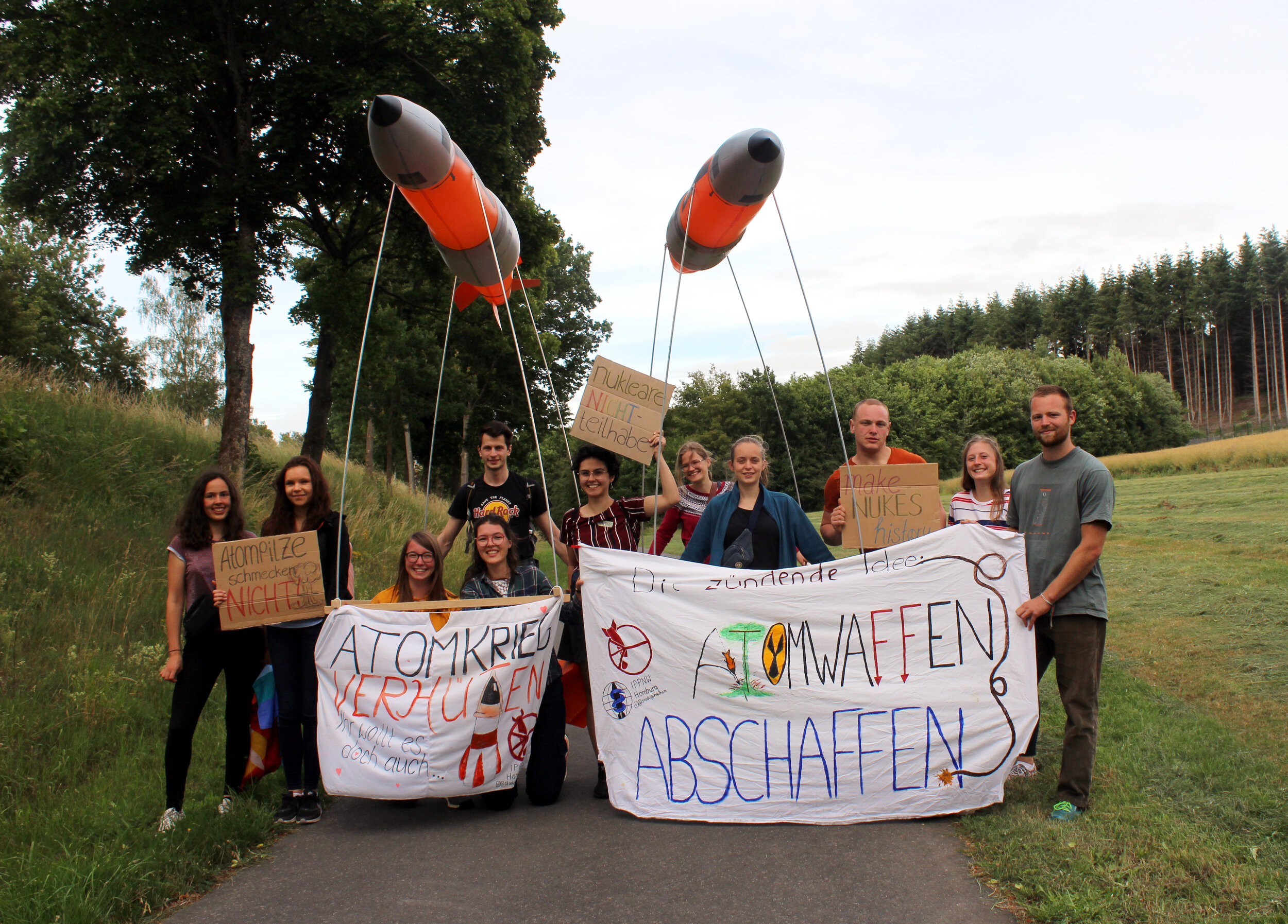No to the NEW COLD WAR
From END Info 18 | August 2020. Download here
An international campaign opposing a new Cold War against China was launched on Saturday, 25th July, with an online gathering of scholars and activists. People from 49 different countries registered for and watched the event, with huge numbers viewing on social media streams. The organisers of the campaign have issued the following statement:
A New Cold War against China is against the interests of humanity
We note the increasingly aggressive statements and actions being taken by the US government in regard to China. These constitute a threat to world peace and are an obstacle to humanity successfully dealing with extremely serious common issues which confront it such as climate change, control of pandemics, racist discrimination and economic development.
We therefore believe that any New Cold War would run entirely counter to the interests of humanity. Instead we stand in favour of maximum global cooperation in order to tackle the enormous challenges we face as a species.
We therefore call upon the US to step back from this threat of a Cold War and also from other dangerous threats to world peace it is engaged in including: withdrawal from the Intermediate-Range Nuclear Forces agreement; withdrawal from the Paris Climate Change Accords; and its increasing disengagement from UN bodies. The US should also stop pressuring other countries to adopt such dangerous positions.
We support China and the US basing their relations on mutual dialogue and centring on the common issues which unite humanity.
* * *
The China-based Xinhua news website posted the following report from the event:
International scholars said ... that aggressive statements and actions by the U.S. government towards China poses a threat to world peace and a potential new cold war on China is against the interests of humanity. The comments came during a virtual meeting on the international campaign against a new Cold War on China, which gathered experts from a number of countries including the United States, China, Britain, India, Russia and Canada. Jenny Clegg, author of China’s Global Strategy, said China-U.S. relationship is one of the most important bilateral relationships and its deterioration would pose significant threat to world peace. John Ross, senior fellow at Chongyang Institute, Renmin University of China, listed the threat of war by the United States, including launching major wars in Iraq and Libya, taking the dangerous step of withdrawing from the Intermediate-Range Nuclear Forces (INF) Treaty, and unilateral sanctions on Iran and Venezuela. "Of course, a threat of war with China itself would be an unimaginable catastrophe," he said. Medea Benjamin, co-founder of Codepink, a women-led grassroots organization working to end U.S. wars, said it was concerning that the U.S. leaders claim a new Chinese aggression when the United States itself has military bases around the world. "The U.S. needs to understand China is not our enemy. We call for cooperation with China," Benjamin said. Margaret Kimberley, a columnist at Black Agenda Report, said the U.S. government made wrong accusations of China on issues relating to ... controlling the coronavirus pandemic and its forced closure of the Chinese consulate in Houston violated international law. Some experts attending the meeting issued a statement calling upon the U.S. side to step back from this threat of a Cold War and also from other dangerous threats to world peace it is engaged in. They said the United States goes in a wrong direction by withdrawing from the INF Treaty and the Paris Agreement on climate change, and increasing disengagement from UN bodies. "We support China and the U.S. basing their relations on mutual dialogue and centering on the common issues which unite humanity," the statement said, urging collective effort on addressing global challenges like climate change, the pandemic and the economic development.
* * *
The development of this campaign is of great importance. Quite rightly, the statement accompanying the launch of the campaign does not simply seek to unite those who support China or define Chinese society in a certain way. The aim is to unite as many groups and individuals as possible around the notion that the US threat of a New Cold War against China is against the interests of all those committed to a more peaceful ordering of global society. More than that, the tensions and dangers arising from such a New Cold War are against the interests of the vast majority of humanity.
The analysis offered in END Info and The Spokesman journal has been clear that the recent behaviour of the US on the world stage, its aggressive posture and destructive actions are a result of a shift from that country enjoying ‘sole superpower status’ to a situation where there are now several poles of global power. China’s economic and political rise is clear evidence of this. Faced with a changing world order, President Trump and those who advise him are striking a recklessly aggressive posture.
We have written about a situation which amounts to a ‘global tinderbox’: a combination of risks so sharply posed that one mistake, one misstep, could engulf the world in flames. These risks include not only the aggressive political stance of the US, but also the rapid development of technology, which accelerates the rate at which dangers multiply and potentially spiral out of control.
In the face of decades of threats and provocation, China has been very restrained. It is to be hoped that this restraint endures. In this context, the creation of a global campaign is vital. In the US, UK and other NATO states the peace movements must be crystal clear about the process now underway, the roots of it and the vital issues on which we must focus. This will not necessarily be straightforward, as much of Western society – even the progressive sections of it – is woefully underexposed to the history and current politics of China. By ‘seeking truth from facts’ and uniting against a New Cold War, much can be remedied.












